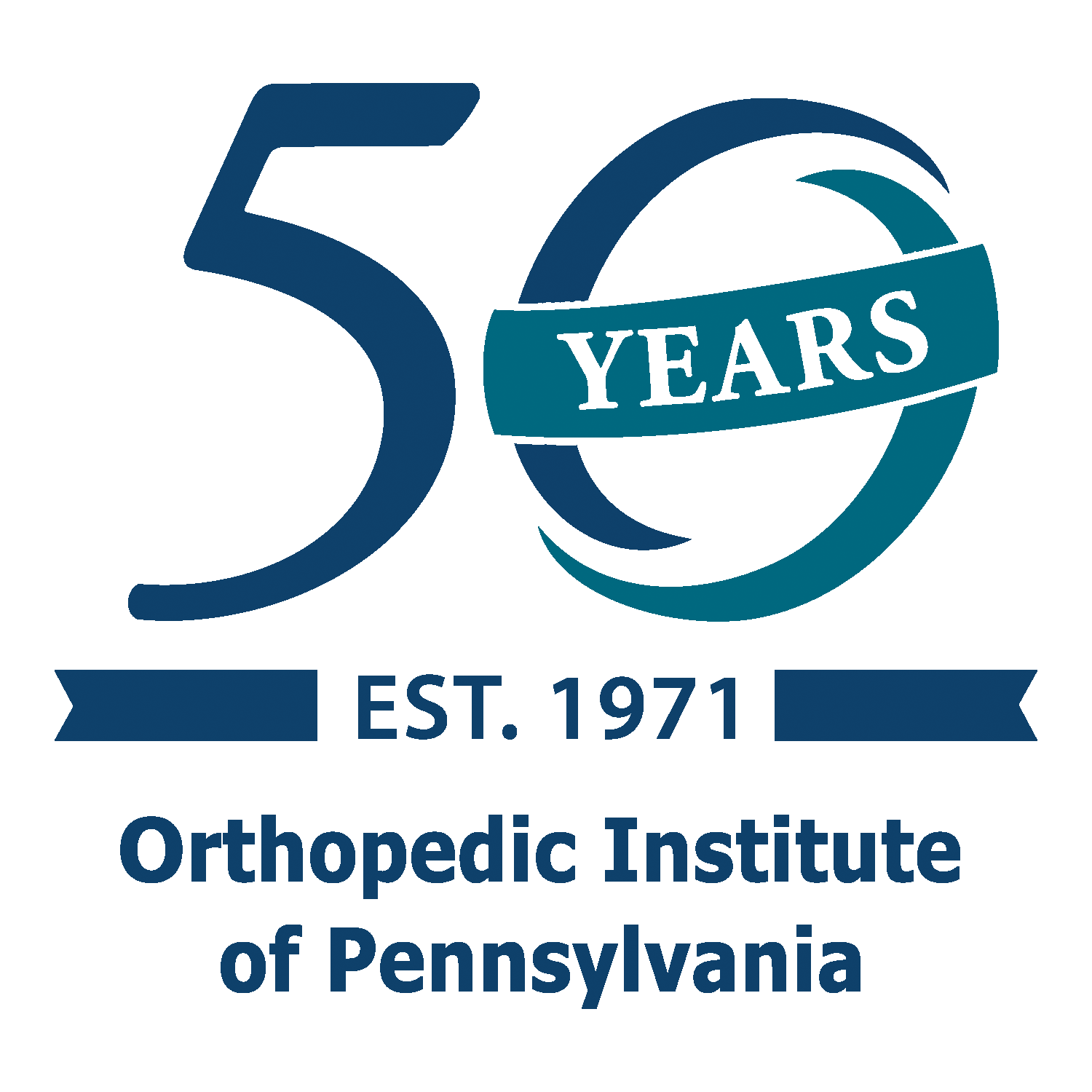If you think you broke it or sprained, bruised, pulled or somehow hurt it, local urgent care sports medicine facilities can get you back in the game without the time and expense of an emergency room. At least four facilities in the midstate help injured athletes of all stripes – from competitive and scholastic athletes to recreational players and home gardeners – receive immediate attention for their sports-related injuries.The five-day-a-week, 12-hour-a-day Orthopedic Institute of Pennsylvania’s Injury Clinic on the West Shore makes same-day appointments and takes evening walk-ins, while the East Shore is home to the once-aweek walk-in Rapid Access Sports Medicine operated by Aspire Urgent Care and Family Medicine.In York, Orthopaedic and Spine Specialists offer a seven-day-a-week walk-in Orthopaedic Urgent Care Center with sports medicine specialists on staff. Wellspan also staffs an orthopedic injury clinic that’s open six days a week.”It’s an offshoot of urgent care that’s more specialized. It’s less red tape, less waiting usually,” said Dr. David Joyner, director of Aspire’s venture, part of its plan to create a “home for wellness” focusing on urgent care, preventive medicine and fitness.”It really does cut down on the time from injury to defined treatment,” said Dr. Curtis Goltz of OIP. “We can do everything here from a sprain to a complex fracture, an MRI, a brace, a cast, surgery. We take care of it all.” Avoiding a trip to the emergency room can save on time and costs – insured patients’ copays are typically lower at a doctor’s office or urgent care center instead of at an emergency room-but the ability to see sports medicine professionals on injury day is often the draw for local athletes.OSS opened its clinic as area orthopedic practices became “overloaded, constantly getting calls the same day, calls from athletic trainers saying, ‘see my athletes,'” said Dr. William Ulmer, one of its sports medicine physicians.Goltz added, “One of the first questions I ask is, ‘Are you an athlete. what do you play, when is your next practice and next game?’ You have to be cognizant of that.” “We know what kids can play through, when they need to be sat out and how to get a kid back to a game in a timely fashion,” Ulmer said.Treatment without a sports focus might result, for instance, in athletes being given basic instructions of rest, ice and Motrin, said Dr. David White, Aspire’s co-owner.
“It really does cut down on the time from injury to defined treatment. We can do everything here from a sprain to a complex fracture, an MRI, a brace, a cast, surgery. We take care of it all.”
“For someone actively training, that can set them into an unnecessary world of panic,” since they might be able to continue training during therapy, he said. “Our goal. is to keep people functioning at the highest level possible in the context of their injury or illness.” In fact, Joyner, with a long history in sports medicine including a stint as head physician to the U.S. teams at the 1992 Winter Olympics, described sports medicine as “a way of thinking” more than anything else.”I want to keep you active while protecting you sometimes from yourself. I understand and empathize with the fact that you define what your life needs to be rather than the physician,” he said. “Whether they’re young or old or competitive, they’re interested in keeping going. You have a motivated patient population.” It doesn’t mean, though, that doctors allow a athlete’s desire to play to trump an injury that will worsen or cause long-term complications with game time.”It’s not uncommon that you’re standing in front of a family and athlete with states coming up and, oh, they so want to be there,” Goltz said. “Sometimes I have to remind them. there will always be another tournament, another game. It’s not always about the next game. That’s tough.” While the facilities see all levels and ages of athletes and a variety of injuries, they’ll soon hit a busy cycle with November’s Harrisburg Marathon, which Aspire is sponsoring this year, and the official start of school fall sports.”A week from now we’ll be overloaded with sport injuries,” said Ulmer, who readily works extra hours the first two weeks of the season. “That’s my favorite part of the year. They’re great patients.” Goltz agreed, noting that OIP started its clinic because it hated turning away injured patients at the close of typical office hours.”Everyone we see is in pain; it was so hard to say no,” Goltz said. “Now it’s funny, they are probably our happiest patients.” All of the facilities are looking to expand either hours or locations as people budget their time and health care dollars but want expert care quickly.”As long as there’s a need they’ll exist,” Goltz said of urgent care centers and their offshoots. “It’s [like] tapping the finger while you watch microwave popcorn. People need to be seen today.”
Main: 717-761-5530 / Orthopedic Injury Clinic: 855-OUCH-OIP
(855-682-4647) Online Bill Pay Schedule Appointment Share your Story
(855-682-4647) Online Bill Pay Schedule Appointment Share your Story


